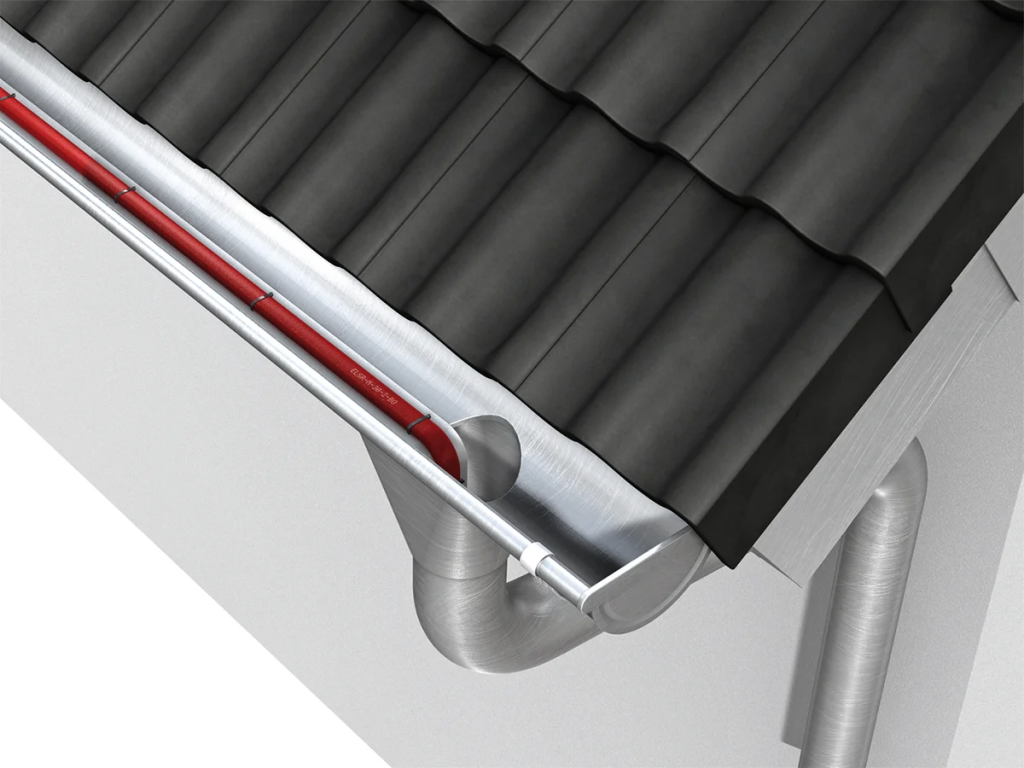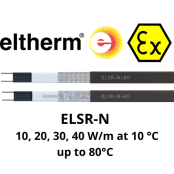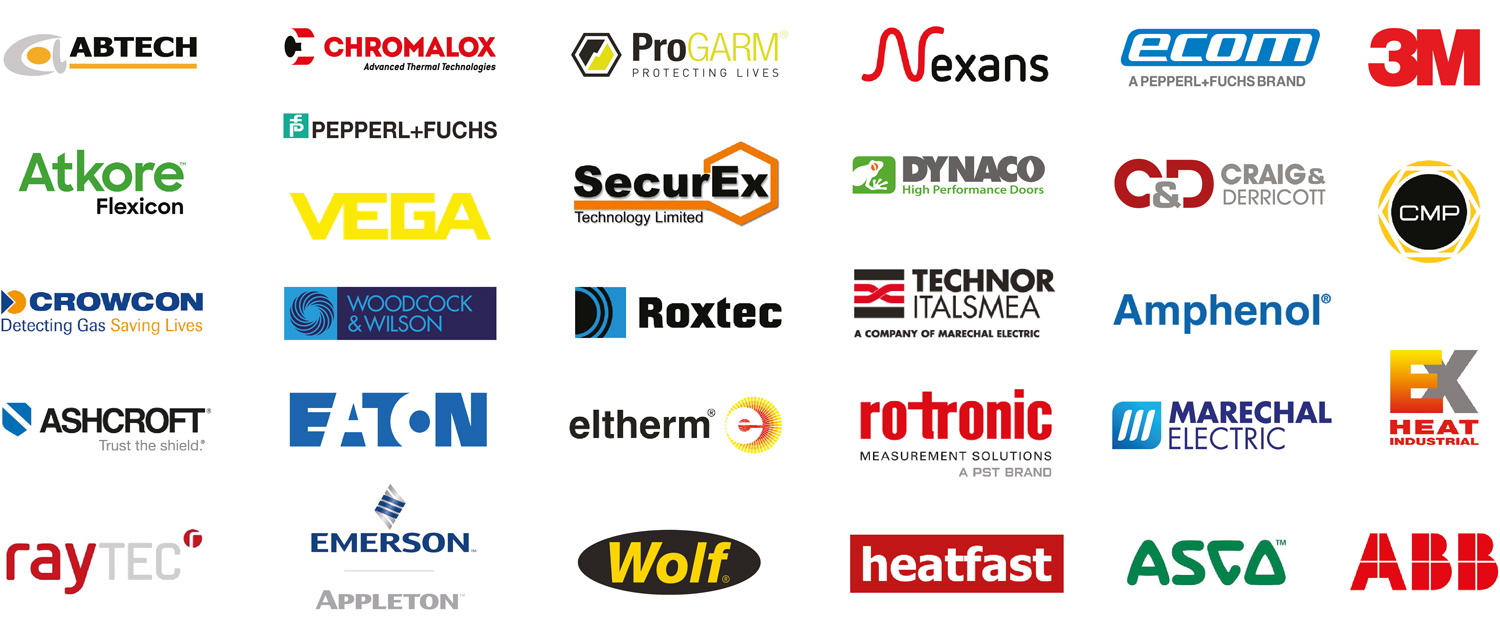Roof and Gutter Trace Heating Systems
Published 20 Oct 2023
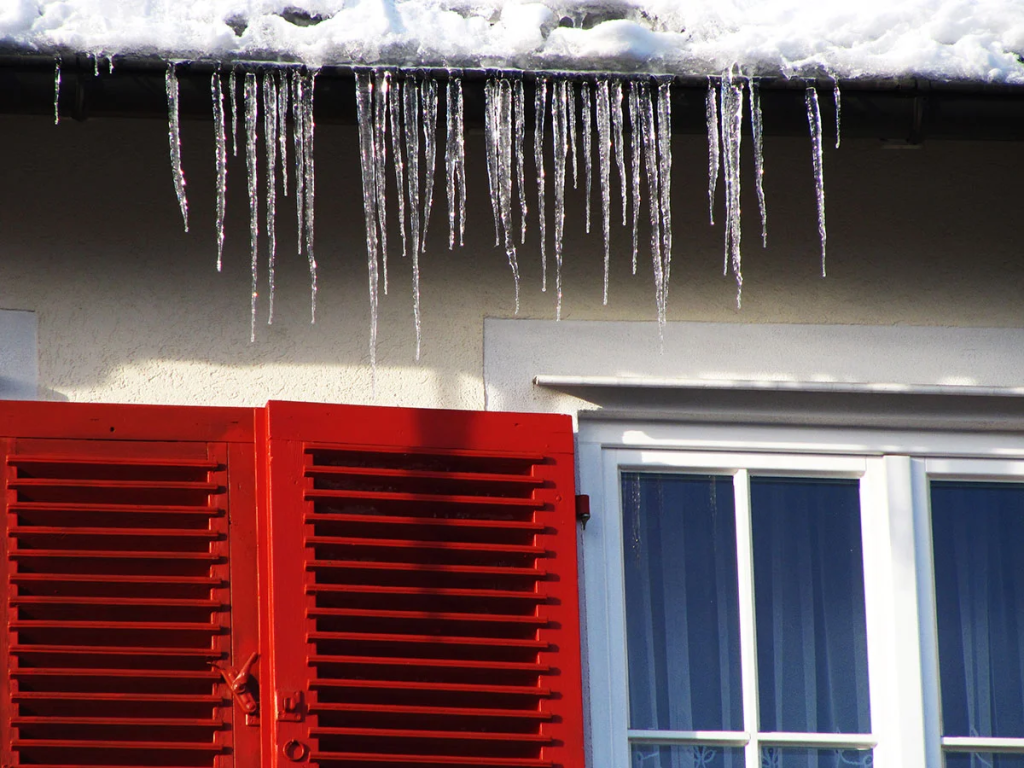
Roof & Gutter Heating System Solutions
Thorne & Derrick | Eltherm Trace Heating Cables & Systems | Designs & Surveys | Competitive Prices | Safe & Hazardous Areas
Roof ANd Gutter Trace Heating
Snow & Ice Melting
Roof and gutter de-icing trace heating cables prevent ice dam formation on roofs ensuring safe free flowing of melt water through gutters and downspouts to ground level. The heating cables prevent ice dams from forming on inclined roofs, in gutters and in downspouts. Please note roof de-icing cables should not be used as a general snow-melting system to clear roofs from ice and snow build-up in winter.
▶ Thorne & Derrick together with Eltherm can provide expert technical support and design services for roof and gutter trace heating systems – the length of the roofline does not determine length of heating cables required. Roof design, roof size, gutter and downspout locations and number of sides of a typical, peaked roof to be protected from snow and ice needed to be considered. Please contact us today to discuss your specific application in more detail.
Using heat tracing cable maintains a flow path for the water and prevents gutters overflowing and water seeping back into the building. Melt water which cannot freely drain away will form pools which in turn can penetrate seams and joints in gutters and flat roofs causing serious damage to the internal building fabric and contents.
A leaking gutter or roof can cause extensive structural damage within buildings. Heat tracing cables create a flow path for the water allowing it to drain away correctly.
In some cases, the load bearing weight of any snow accumulation is the primary concern as the additional weight can negatively affect the structural integrity of the building.
frost protection for rOOFS, gutters, downspouts, and box gutters
Gutters with heating cables can prevent roof avalanches, which is crucial for public buildings.
These include:
- Office buildings
- Hospitals
- Company buildings
- Supply centres
- Supermarkets
The heating cables are installed over unheated roof sections, usually the roof area above the overhang ensuring water flowing onto the unheated roof area will be able to flow safely to the ground. Melt water which cannot adequately drain away from the roof will form pools which in turn can penetrate seams and joints in gutters and flat roofs.
Installing heating cable in roof valleys, gutters and downspouts as per the image below establishes ice-free flow pathways for water to drain completely from the eaves and gutter. With a maximum temperature of 65 °C, there is no risk to plastic pipes, gutters and conduits.
Self-Regulating heating cable
In the worst-case scenario, if drainage is impeded in the downspout, it can burst, resulting in significant damage. To safeguard gutters, box gutters, downspouts, or sloping roofs from ice-related harm and ensure maximum safety, an Eltherm gutter heating presents an ideal solution.
Low Maintenance, Maximum Flexibility
Self-regulating heating cables are known for their reliability and minimal maintenance requirements, whilst also offering a long service life. Specifically designed for gutter heating, we utilise low-temperature heating cables like ELSR-LS or ELSR-N.
These self-regulating heating cables offer the flexibility to be operated with or without a temperature controller. While they automatically regulate their temperature, they cannot be set to a specific temperature. If a constant temperature is required, a temperature controller must be used.
Easy installation
What Do I Have To Take Into Account?
When it comes to installing heating cables on your roof and gutter systems, attention to detail is key to ensuring optimal performance and safety, Using these tips:
- Prepare the Gutter: Before installing the heating cable, thoroughly clean the gutter to remove any debris and ensure there are no sharp edges that could potentially damage the cable
- Mind the height: When unwinding the heating cable , be cautious of the maximum height limit, typically around 15 meters. Exceeding this limit could affect the efficiency of the heating system
- Use edge protectors: To prevent damage to the heating cable, especially when pulling it over the edge of the gutter, consider using edge protectors for added safety
- Secure Connections: Place the connection point outside the gutter to ensure it is properly protected against various loads, including compressive, tensile, and shear forces, to prevent damage to the cable
- Install Flat: Lay the heating cable flat along the gutter surface for an even distribution of heat. Installation profiles can be helpful in ensuring a smooth and secure fit
- Consider Snow Guards: If you’re installing heating cables for snow guards, take extra care to avoid sharp kinks near fixation points by using appropriate installation profiles
- Utilise Dirt Grilles: For downspouts equipped with a heating cable loop, consider using dirt grilles to enhance the effectiveness of the heating system and prevent blockages
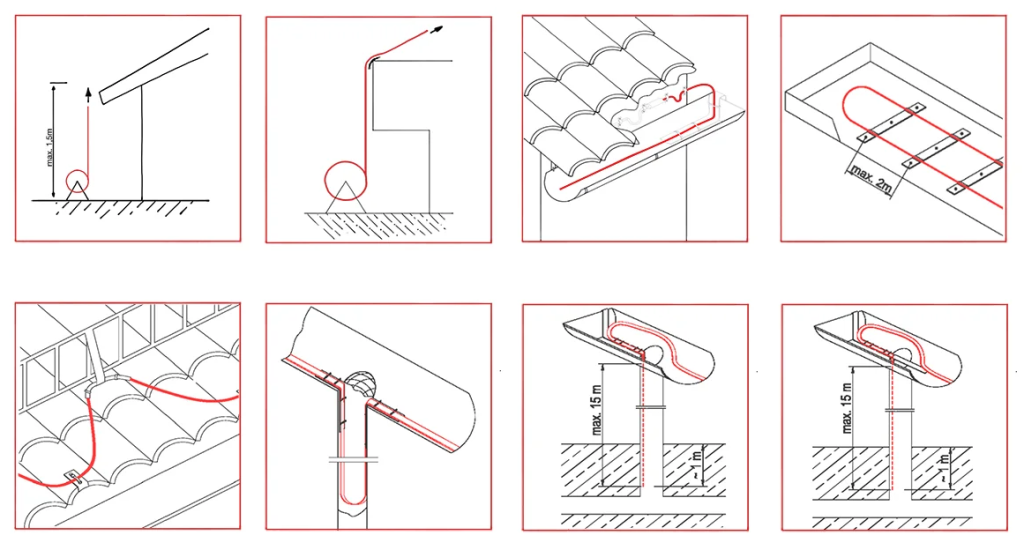
Installation Guide for Roof and Gutter Trace Heating
By following these steps, you can ensure that your gutter heating system operates efficiently, providing protection against ice buildup and potential damage during the winter months.
THORNE & DERRICK & ELTHERM
Thorne & Derrick, the UK’s leading Specialist Distributor of Electrical Process & Trace Heating Solutions, last year announced they had entered into a Strategic Partnership with Eltherm UK Ltd, the subsidiary of the Eltherm Group, a world-class manufacturer of Heat Tracing Cables & Systems for the commercial, industrial and hazardous area industries.

THE ELECTRICAL HEATING PACKAGE
Thorne & Derrick provide a complete portfolio of Electric Process & Trace Heating Solutions for Industrial, Hazardous Area & Explosive Atmospheres,
- Trace Heating Systems & Cables
- Serial Resistance Trace Heaters
- Parallel Resistance Trace Heaters
- Self-Regulating Parallel Trace Heaters
- Mineral-Insulated Trace Heaters
- Commercial | Snow Melting & Ice Clearance for Ramps & Roof Gutters
- Industrial | Explosive Proof ATEX & IECEx Certified for Hazardous Areas
- Zone 1 & 2 (Flammable Gas) or Zone 21 & 22 (Combustible Dust) | Class I, Division 1 & 2
- Process Heating
- Air, Immersion & Line Heaters
- Heated Hoses – Analytic & Pressure
- Heating Mats & Jackets
- Drum, IBC & Container Heaters


